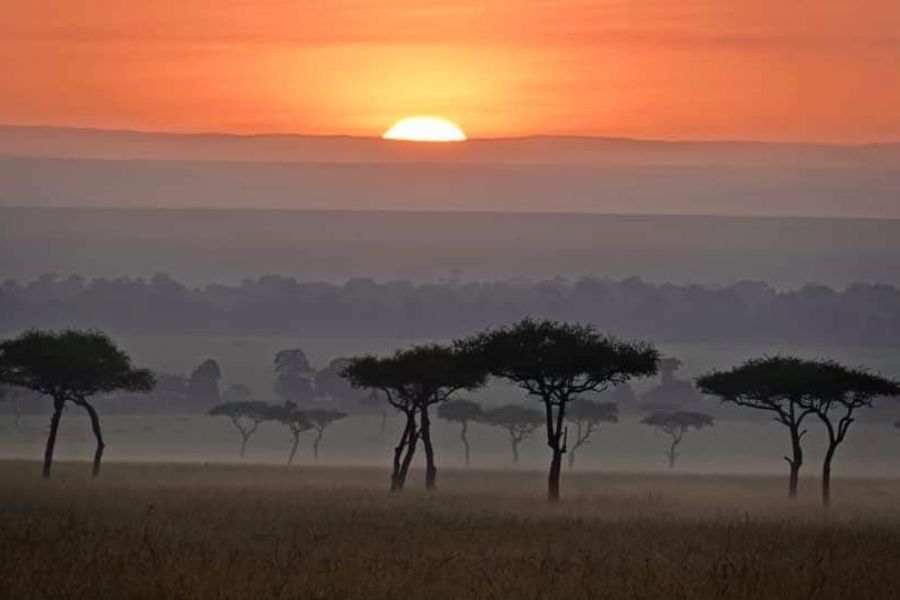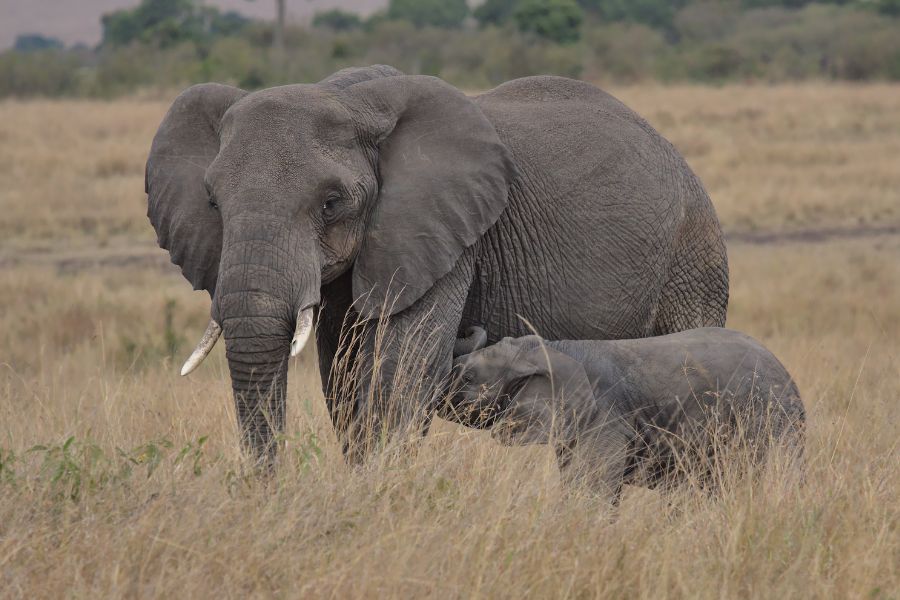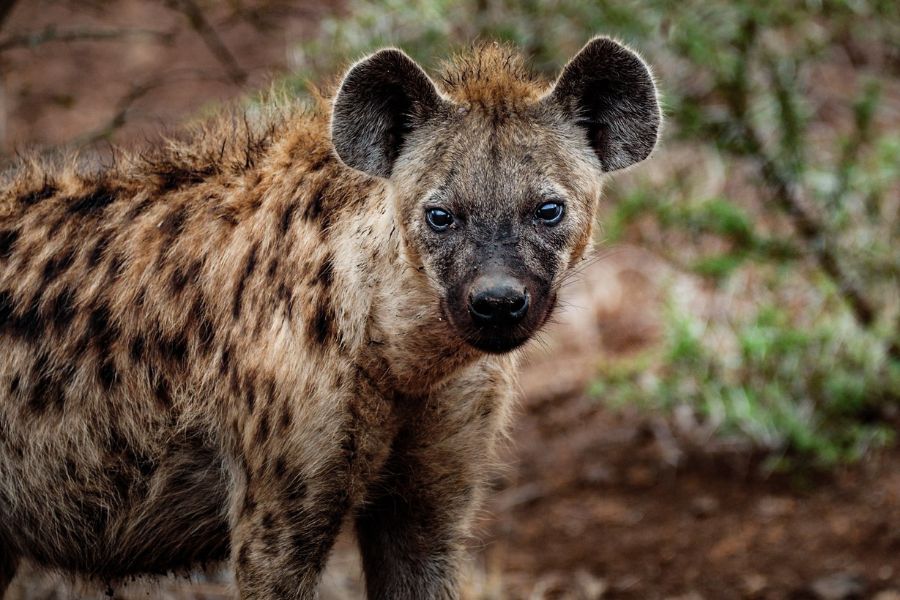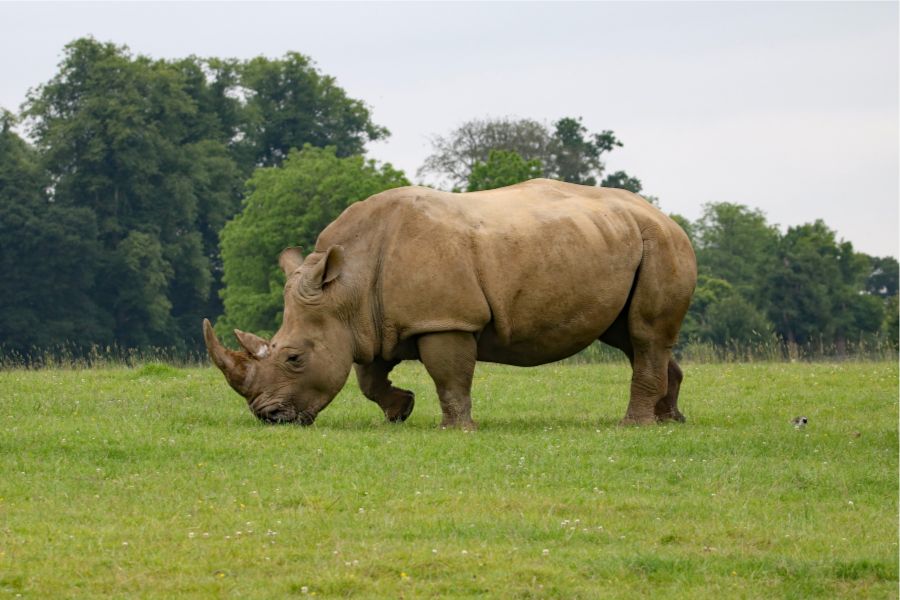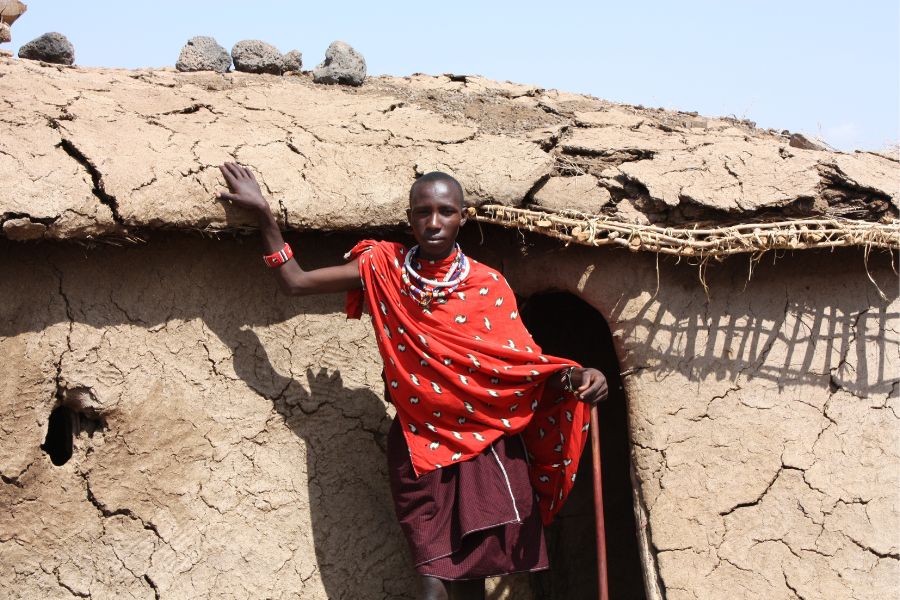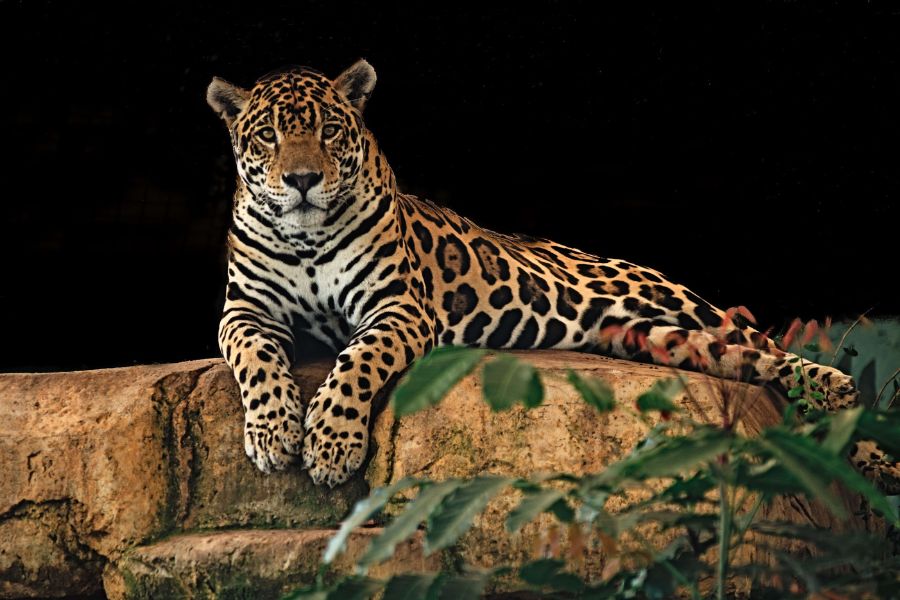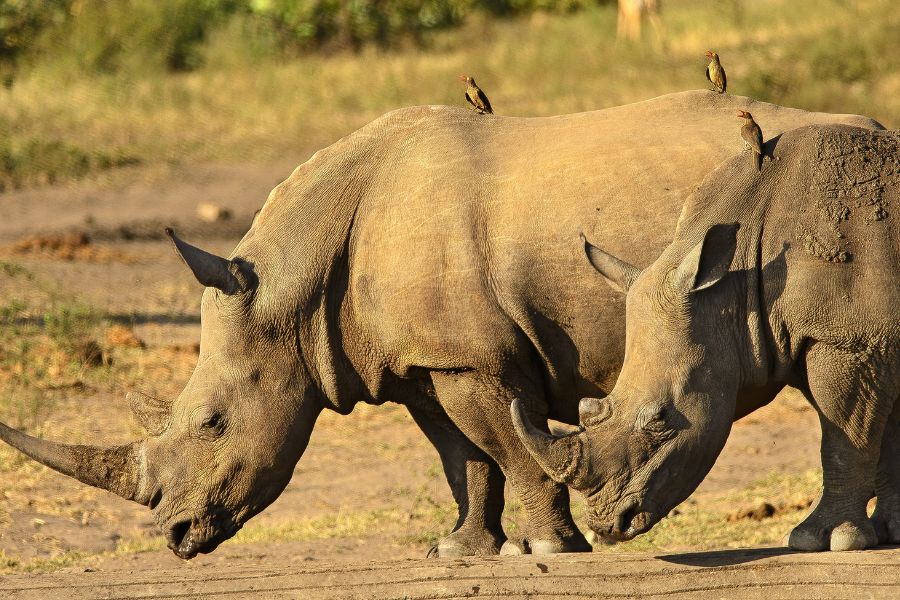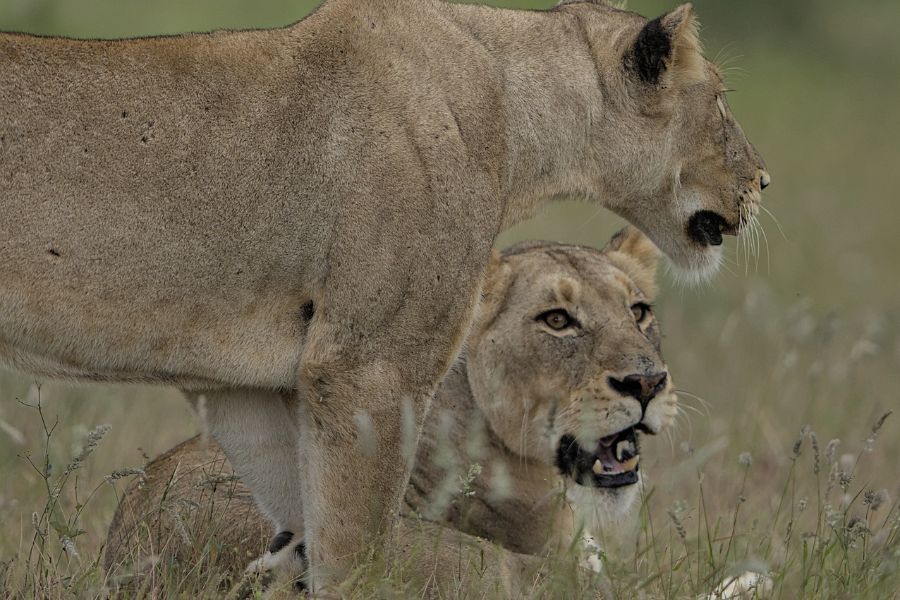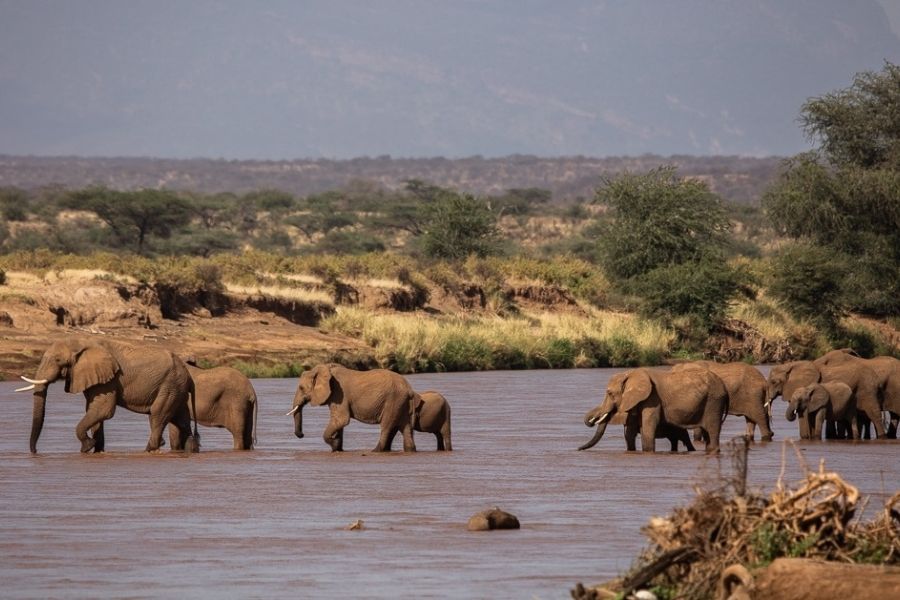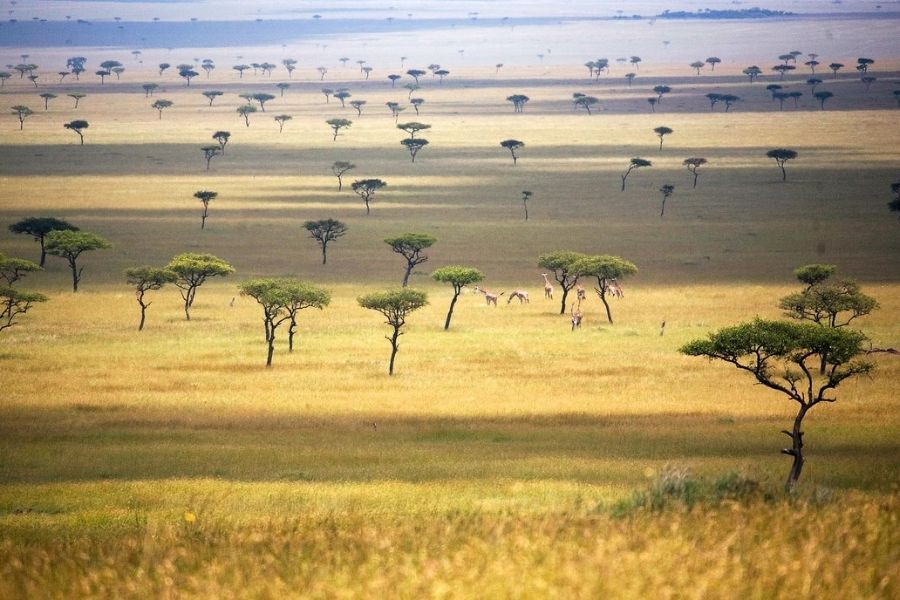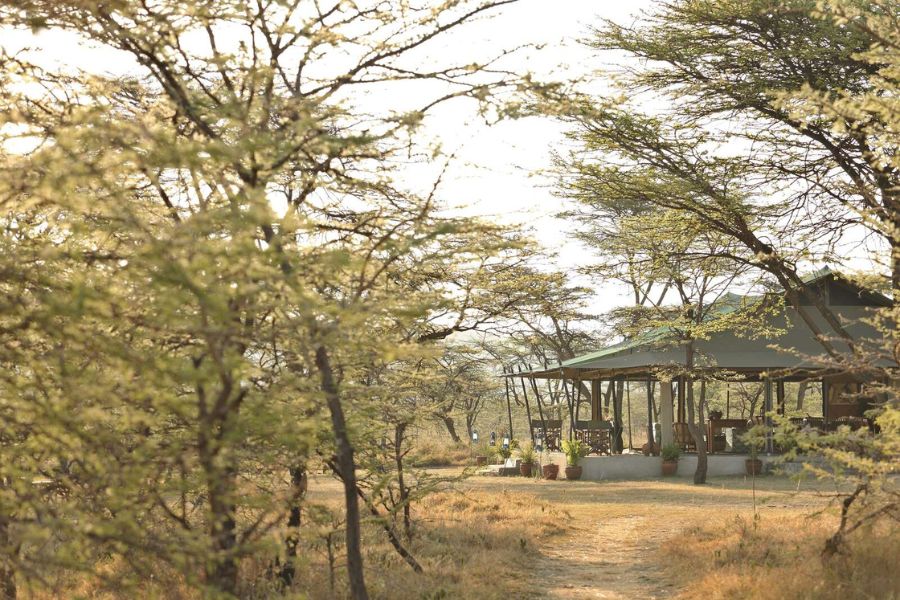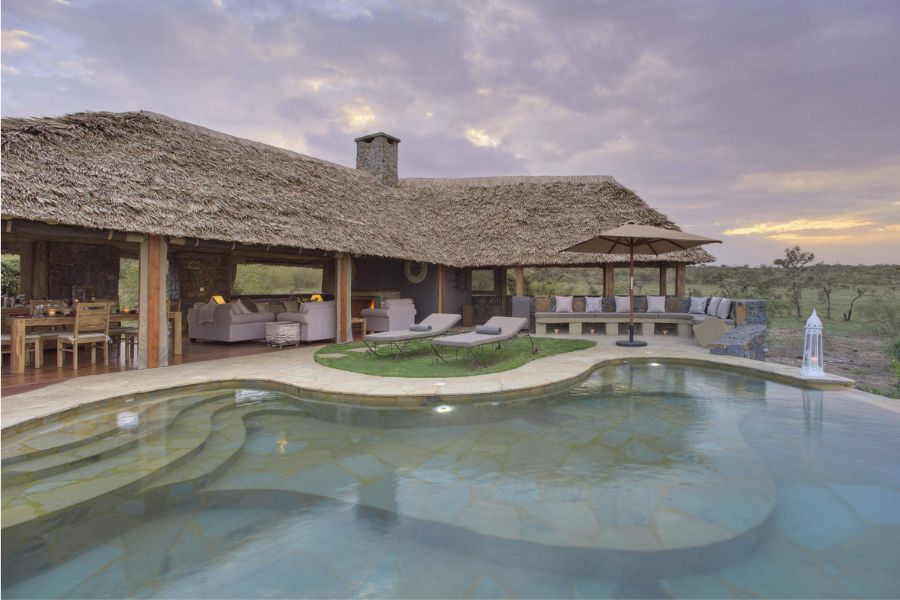MARA CONSERVANCIES IN DETAIL.
The Maasai Mara National Reserve is a unique and breathtaking place, and it is home to several incredible wildlife conservancies along its northern and eastern boundaries. These conservancies were once used for cattle grazing but have since been transformed into exclusive wildlife sanctuaries owned by the Maasai landowners.
Each landowner holds ownership of a small tract of ranch land that is not fenced, and they have joined forces to take advantage of the bustling tourism industry.
The Maasai people have signed joint land-use and lease agreements with safari camp operators, which has resulted in positive outcomes for all involved. The camp operators pay their partners an annual rent and a daily fee for each visitor. This partnership has been a massive success since it was first pioneered at Selenkay near Amboseli in 1997 and trialed in the region in 2005.
The Mara conservancies have undergone significant development over the years, with one large bush district converting from cattle grazing to safari tourism and conservation after another. The transformation has been remarkable as the Maasai people have embraced the opportunity to shift their focus from traditional cattle herding to a more sustainable and profitable venture.
The Maasai retain limited livestock-grazing rights in some areas, particularly in the corridors between the conservancies. Occasionally, there are small pockets where a landowner has made a private deal or "forgets" about the agreed invisible boundaries and grazes their livestock beyond the limits.
While these areas of resistance exist, the overall success of the conservancies is undeniable, and they continue to be a model for sustainable wildlife conservation and community development.
MAASAI MARA CONSERVANCIES SAFARIS.
The Maasai Mara is an incredible destination offering an immersive safari experience, and for those seeking the most authentic and exclusive experience, the conservancies are the way to go.
These privately owned and managed areas provide a unique opportunity to get up close and personal with the wildlife while enjoying a range of activities impossible in the National Reserve.
The conservancies limit the number of visitors, ensuring an intimate and personalized experience, and protect the wildlife, making them ideal for conservation enthusiasts.
Staying in a conservancy provides exclusive access to some of Africa's most stunning landscapes and wildlife.
In addition to the Big Five, including lions, leopards, elephants, rhinoceroses, and buffalos, you'll be able to witness a wide range of other species, including cheetahs, giraffes, hyenas, zebras, and wildebeest.
The conservancies are also home to many indigenous bird species, making them a birdwatcher's paradise.
Many conservancy camps offer a range of activities, including guided bush walks, night drives, and hot air balloon safaris, allowing you to experience the Maasai Mara from a different perspective.
These activities provide an immersive and unforgettable experience, and you'll have the opportunity to learn more about the local flora and fauna from expert guides.
One of the best things about staying in a conservancy is that you'll still have access to the National Reserve, home to some of the most iconic wildlife in Africa.
During the annual wildebeest migration, which takes place between July and October, many conservancy camps offer a full day in the Reserve for every three-night stay, which is a popular option among visitors.
It's important to note that conservancies are exclusive to their guests, providing a complete experience unavailable to visitors in the big camps and lodges in the National Reserve.
If you're interested in experiencing the Maasai Mara more intimately and authentically, Blavals Adventure offers a range of safari camps inside and outside the National Reserve in the exclusive conservancies.
None of these areas are fenced, allowing you to witness free-roaming wildlife up close and personal. Take guided bush walks and night drives, and enjoy the thrill of seeing these majestic animals in their natural habitat.
With Blavals Adventure, you can experience the Maasai Mara like never before and create memories that will last a lifetime.
Mara Naboisho Conservancy.
Mara Naboisho is located north of the National Reserve; it's the newest conservation in the region. With more than 200km² of essentially wild bush and savannah, it hosts significant populations of elephants and giraffes, around 70 to 100 lions (including the most considerable pride in the Mara region, the Enesikiria or KGS pride), and lots of the other plains game species, including wild dogs.
Mara Naboisho is on the secondary Loita Migration route of wildebeest and zebras, between the Loita Hills to the east and the Maasai Mara National Reserve and Mara North Conservancy to the west. The vast number of grazers in the conservancy accounts for its high population of predators.
The innovative Koiyaki Guiding School (or KGS) is located in Naboisho and is well worth a visit. The conservancy now has an airstrip – Naboisho airstrip, also known as Ol Seki airstrip – for scheduled airlines.
Mara North Conservancy.
The Mara North Conservancy is a 320km² sweep of classic savannah bush country; the land is broken into ridges and 'chocolate blocks' by bush-choked luggas (seasonal stream courses) with high game densities.
The wildlife includes many much-studied lion pride, such as the Acacia and the Gorge Pride, named after the iconic Leopard Gorge, 5km northeast of Musiara Gate. The local Maasai and their herds still have some grazing rights here, so while on safari in Mara North, you will see the occasional herder out with his cattle.
Olare Motorogi Conservancy.
Notable for its highly focused conservation work and the success of its community integration, the Olare Orok Conservancy set the benchmarks for sustainable Mara tourism by proposing a limit in the conservancies of 12 tents per camp and at least three km² of game-viewing land per tent.
On the national reserve boundary, just north of the Musiara sector, safaris in Olare Orok provide exceptional wildlife viewing, with all the predators present and some of the best lion-watching in the Mara ecosystem. In 2012, Olare Orok joined Motorogi Conservancy to the north, championed by Richard Branson, to form a single tourism and conservation area, the 133km² Olare Motorogi Conservancy, managed by the same warden and rangers.
Ol Kinyei Conservancy.
Created as recently as 2005, with just one camp from which the local community benefits substantially, the 65km² Ol Kinyei Conservancy was Mara's first community-owned conservancy.
It demonstrated that landowners could make a living from safari tourism, and the model has since been replicated all over the greater Mara region. This area is the norm for guided walks and a reasonable cultural immersion. There are at least 20 lions, other cats, and plenty of plains game in the conservancy.
Ol Derikesi Conservancy.
The remote Ol Derikesi Conservancy has only one spectacular camp. The district is teeming with wildlife (including some vast lions), especially since the camp negotiated an agreement with the Maasai stakeholders in the area to create a strict cattle-free zone around the camp in exchange for community charges levied from safari visitors.
Siana Group Ranch
The massive Siana Group Ranch covers the Sekenani Gate to Ololaimutiek Gate and north as far as the road to Narok beyond Leleshwa camp. It contains many habitats, from shelving plains to forested hills.
The area is home to reasonable quantities of wildlife, including vast numbers of elephants and giraffes, and it borders the Loita Hills, into which one or two camps in Siana run occasional adventurous fly-camping safaris on foot using donkey carts.
Safari in the Mara conservancies.
Safaris in the conservancies fringing the Maasai Mara National Reserve takes place out of a limited number of small camps. The standard formula is a maximum of one bed for every three km² and 12 tents per camp, with many camps having more than half this number.
The net effect of this low-impact tourism is that you might see one or two other vehicles while on a game drive in the conservancies, but often enough, you'll see no other cars.
Most of the camp staff in the conservancies come from the region's Maasai community. In the case of one or two camps, staff is drawn exclusively from local Maasai villages – or enkang – of huts constructed by hand from mud, straw, and cow dung (with the odd concrete, tin-roofed building) encircled by cut thorn bushes to deter predators from taking livestock at night.
Most of the camp staff in the conservancies come from the region's Maasai community. In the case of one or two camps, staff is drawn exclusively from local Maasai villages – or enkang – of huts constructed by hand from mud, straw, and cow dung (with the odd concrete, tin-roofed building) encircled by cut thorn bushes to deter predators from taking livestock at night.
More than in the reserve camps and lodges (where staff tend to be recruited by head office HR departments and posted to the Mara), you'll likely have close contacts with Maasai people daily, adding an illuminating cultural thread to your safari.
Nearly all the conservancy camps offer optional 'cultural visits' to one of their nearby Maasai villages, often accompanied by staff who live there. A fee of about $20 per person is payable locally.
Activities in the conservancy camps are not just vehicle-based. While the National Reserve only permits vehicle visits, the conservancies are on privately owned land. They make their own more flexible rules based on small numbers of visitors and concepts of close supervision and good local knowledge.
Activities in the conservancy camps are not just vehicle-based. While the National Reserve only permits vehicle visits, the conservancies are on privately owned land. They make their own more flexible rules based on small numbers of visitors and concepts of close supervision and good local knowledge.
All the conservancy camps have their specialist, 4WD game-drive vehicles, but you'll find bush breakfasts, lunches, and dinners are more common than inside the Reserve (and obviously, you get out of the car for these), while one or two camps have mountain bikes.
Bush walks in the conservancies are increasingly popular and split into two styles. Most are accompanied by one or two armed escorts who carry light firearms. Guides, escorts, and guests walk in a group and deliberately follow established routes through open areas with good visibility and minimal likelihood of encountering dangerous wildlife.
Bush walks in the conservancies are increasingly popular and split into two styles. Most are accompanied by one or two armed escorts who carry light firearms. Guides, escorts, and guests walk in a group and deliberately follow established routes through open areas with good visibility and minimal likelihood of encountering dangerous wildlife.
In one or two camps, bigger caliber weapons are available, and guests can be guided through denser bushes.
On these walks, a spotter with binoculars scouts ahead and lets the party know it's safe to proceed. A popular bush walk plan is to leave camp at dawn by 4WD, with breakfast and a camp kitchen in the vehicle. You're then dropped off to walk for a couple of hours while the vehicle drives on to the breakfast spot, where you meet up later.
You then drive back to camp after breakfast – or walk around if the route is suitable.
The other conservancy activity not permitted in the Reserve is night game drives. Night falls early – and very quickly – in Kenya (sundown varies throughout the year between 6.30 pm and 7 pm in the Maasai Mara), and nocturnal wildlife starts to become active from around 6 pm onwards.
The other conservancy activity not permitted in the Reserve is night game drives. Night falls early – and very quickly – in Kenya (sundown varies throughout the year between 6.30 pm and 7 pm in the Maasai Mara), and nocturnal wildlife starts to become active from around 6 pm onwards.
A typical night game drive follows naturally from a late afternoon. You stop at the camp's favorite sundowner spot at around 6.15 pm and have a drink and some nibbles as the sun plunges below the horizon. You slowly set off to camp in darkness, with the spotter directing the spotlight.
Camps are increasingly switching from white to orange or red lights, which are much less stressful for wildlife. Depending on what you've requested in advance, you might get back to camp for dinner at about 8 pm. Alternatively, you can often do a later night drive, setting off after an early dinner. Most conservancies require camp vehicles to be back in camp by 10 pm.
HOTELS AND LODGES IN MASAI MARA CONSERVANCIES.
Masai Mara is a world-renowned destination for wildlife enthusiasts, and a trip to this beautiful Reserve promises an unforgettable experience. However, finding the perfect place to stay is essential to make the most of your journey. Fortunately, Masai Mara Conservancies offers a wide range of hotels and lodges that cater to different budgets and preferences, ensuring a comfortable and memorable stay.
For those seeking luxury, the conservancies have several high-end lodges, each with unique charm and character. These lodges offer top-notch amenities, world-class services, and mouth-watering cuisine that will mesmerize you. For instance, the Mara Plains Camp is a luxurious and intimate camp offering private butler service, private verandas, and a heated infinity pool overlooking the plains. In contrast, the Olare Mara Kempinski is a grand and opulent lodge with a spa, fitness center, outdoor pool, and swim-up bar.
In addition to the high-end lodges, the conservancies also offer budget-friendly options that provide comfortable accommodations without breaking the bank. These lodges are perfect for backpackers, families, and groups traveling on a tight budget. From the Enchoro Wildlife Camp, located near the Mara River and offers tented accommodation, to the Basecamp Masai Mara, which offers unique and eco-friendly accommodation, you will find an affordable option that suits your needs.
Besides the accommodations, the conservancies offer various activities and experiences to make your trip more memorable. For instance, you can take a hot-air balloon safari and enjoy a bird's eye view of the savannah, go on a guided nature walk and learn about the flora and fauna of the Reserve, or visit a Maasai village and experience their culture and way of life.
In conclusion, Masai Mara Conservancies offer something for everyone, from luxury lodges to budget-friendly options and various activities and experiences catering to different interests and preferences. So, go ahead and book your stay at one of the lodges or hotels in the conservancies and get ready to experience the best of Kenya's wildlife and natural beauty.

